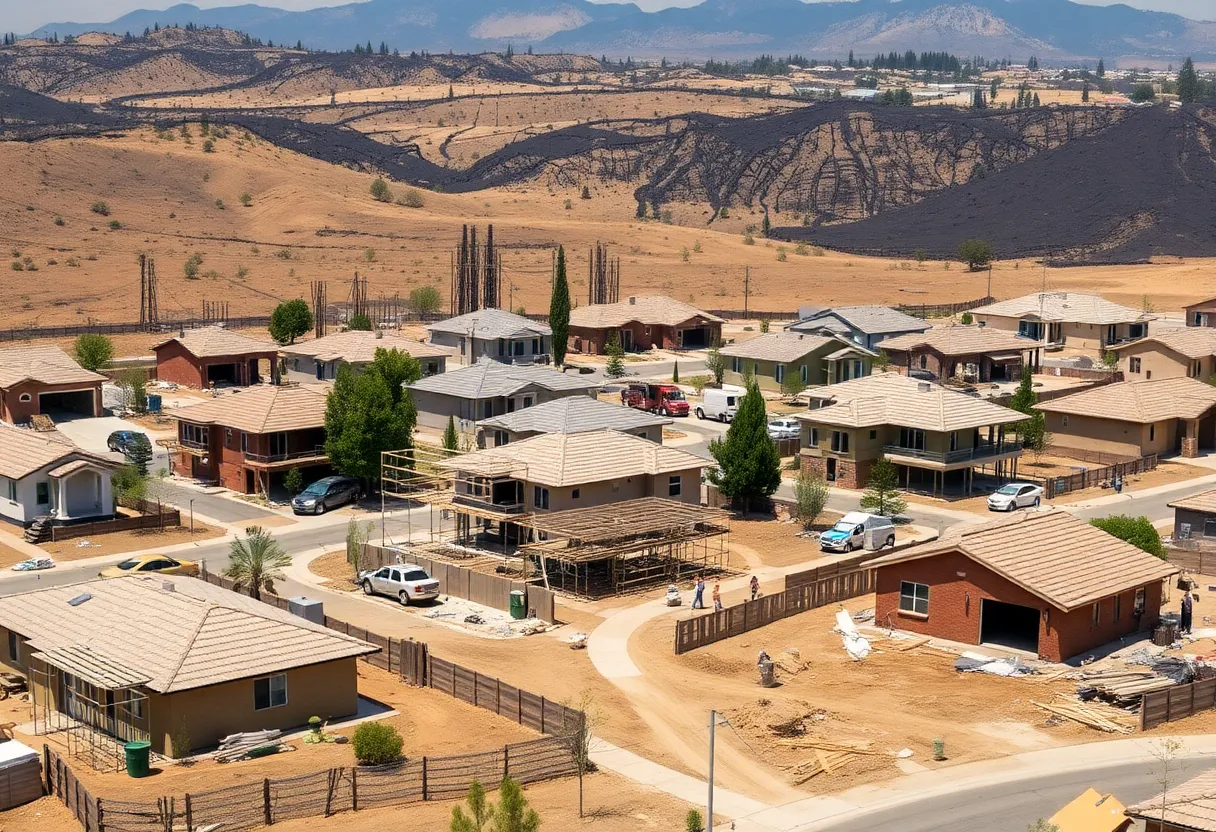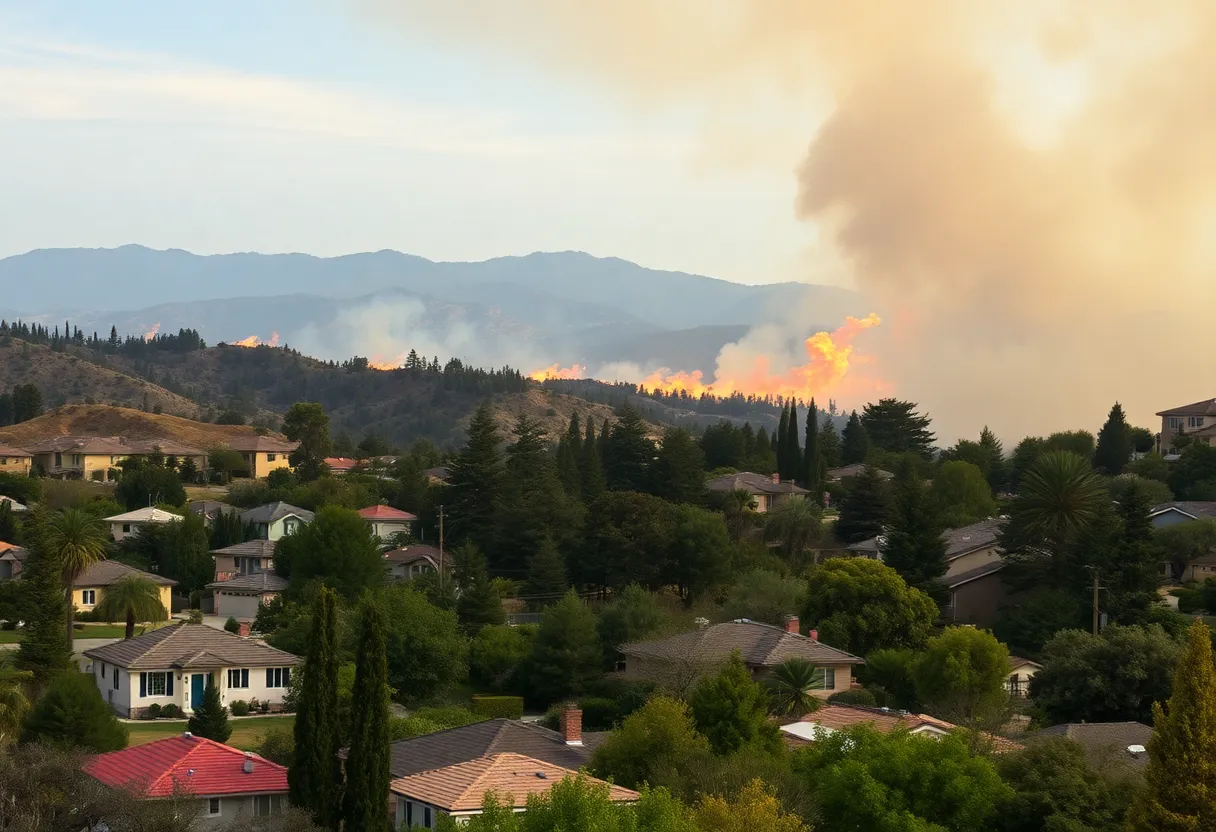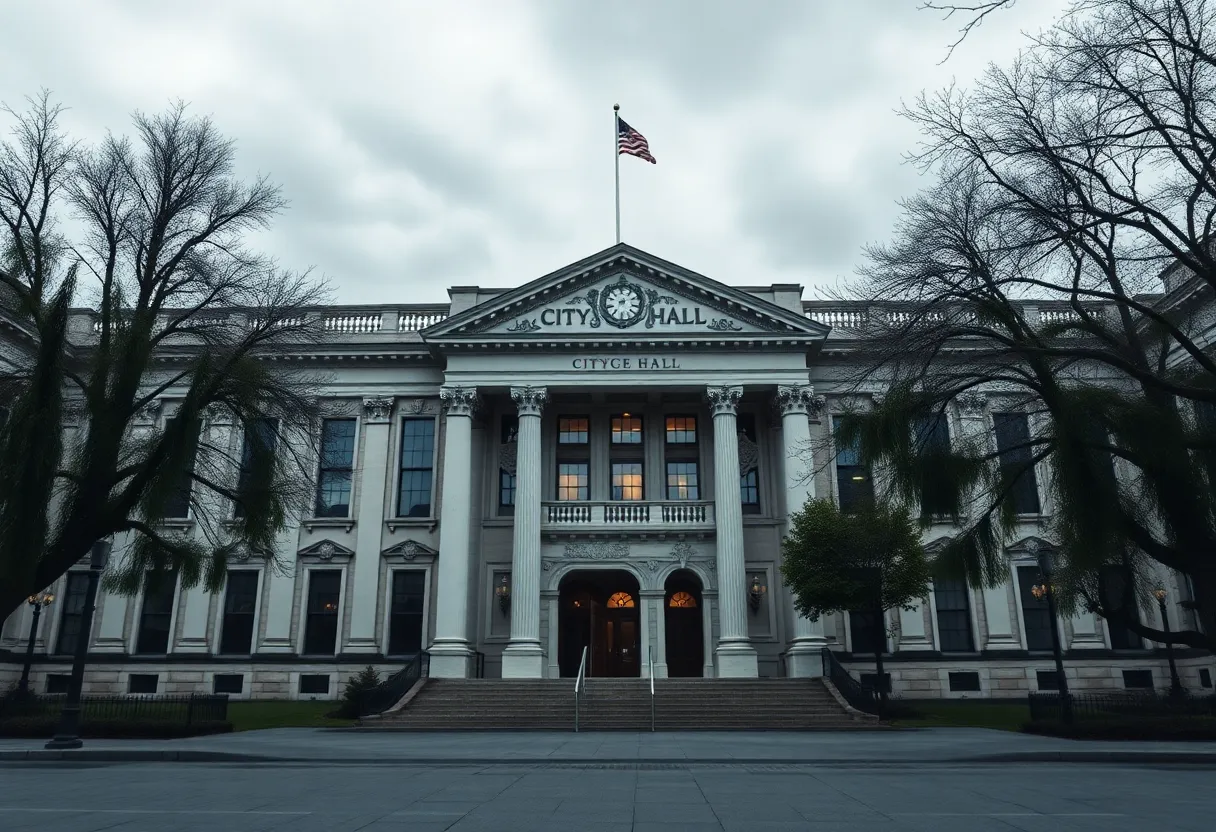News Summary
Six months post-Palisades Fire, California faces slow recovery with residents dealing with insurance issues, underinsurance, and a complicated real estate market. The state is seeing shifts in property ownership and ongoing construction efforts, yet many homeowners remain underinsured as costs soar. Regulatory changes aim to expedite rebuilding, but misinformation about recovery initiatives complicates matters further.
California is witnessing ongoing recovery efforts six months after the devastating Palisades Fire. While progress is being made, the rebuilding process remains slow and complex. Residents are grappling with insurance challenges, lengthy permitting processes, and a fluctuating real estate market as they seek to rebuild their lives following the destruction of the fire.
Approximately 123 lots have been sold in the Pacific Palisades since the fire, with transactions split evenly between corporations and individual buyers. Notably, many investors are also making significant purchases in Altadena, where one firm has acquired 16 homes and another 13. As a result, changes in ownership and investments are reshaping the housing landscape in affected areas.
Despite these developments, many homeowners face significant challenges. A common issue reported by residents is being underinsured, which complicates their ability to cover costs related to demolished homes, ongoing rent, and new construction. The situation is further compounded by rising vacant lot supply in Altadena, which has led to a decrease in lot prices by approximately $100,000 on a $1 million lot. Conversely, the limited availability of properties in the Palisades has become favorable for those looking to sell and capitalize on their investments.
The average price of a vacant lot in the Pacific Palisades currently stands at $2.2 million. As the market adjusts, construction is slowly ramping up with around 50 homes under construction in the area. Overall, approximately 900 permit applications have been submitted to local authorities, with 274 approved for construction, a marked improvement from previous long wait times of 8 to 18 months. Most permits are currently being approved in under two months, although homeowners with more complex plans face considerably longer approval periods.
Additionally, regulatory changes have been enacted to expedite the rebuilding process. Governor Gavin Newsom has temporarily suspended provisions from the California Coastal Act, allowing for a 10% increase in building size without requiring extensive review processes. Those wishing to exceed this threshold will incur an $11,579 fee along with a potential 12-24 month wait for further approvals.
However, residents must still navigate complicated insurance matters and miscommunication surrounding recovery efforts. Recent disputes with insurance companies have left many feeling “grossly underinsured,” especially after State Farm dropped 1,600 policies in the Palisades in July 2024. The California FAIR Plan has emerged as the last available insurance option for many, but it typically falls short of covering the extensive rebuilding costs that can soar to $2-3 million before construction begins.
Payouts for insurance claims have already reached $17.1 billion, significantly surpassing prior wildfire damage records of $12 billion. This year is on track to be one of the most financially burdensome yet for wildfire-related damages in the state’s history. Amid rising costs and complex challenges, residents are also facing misinformation regarding potential changes to land use and housing density in fire-affected areas. Misconceptions have arisen concerning the proposed SB 549 legislation aimed at aiding the rebuilding process.
This proposed legislation, introduced by State Senator Benjamin Allen, intends to streamline the rebuilding authority for fire survivors, but backlash has emerged due to misunderstandings about its contents. Importantly, SB 549 does not modify local zoning laws, but instead seeks to offer a mechanism to assist residents in rebuilding at discounted rates.
As the community continues to grapple with recovery, Governor Newsom has reasserted the state’s commitment to supporting families displaced by the fires. Alongside ongoing legislative efforts, various proposals are being developed to ensure diverse housing opportunities—including mobile home parks—are included in the recovery initiatives. While progress is being made, the path to rebuilding remains fraught with uncertainty and the need for patience as residents strive to restore their homes and lives.
Deeper Dive: News & Info About This Topic
- Fox News: California Wildfire Victims Face Uphill Battle
- Wikipedia: California Wildfires
- SF Chronicle: Los Angeles Palisades Fire
- Google Search: Palisades Fire recovery
- LA Times: Affordable Housing in the Palisades
- Google Scholar: Palisades Fire insurance issues
- The Atlantic: Pacific Palisades Fire and Emigration
- Encyclopedia Britannica: Wildfire
- ABC7: LA Fires Aftermath and Recovery
- Google News: Palisades Fire insurance

Author: Anaheim Staff Writer
The Anaheim Staff Writer represents the experienced team at HEREAnaheim.com, your go-to source for actionable local news and information in Anaheim, Orange County, and beyond. Specializing in "news you can use," we cover essential topics like product reviews for personal and business needs, local business directories, politics, real estate trends, neighborhood insights, and state news affecting the area—with deep expertise drawn from years of dedicated reporting and strong community input, including local press releases and business updates. We deliver top reporting on high-value events such as major conventions at the Anaheim Convention Center, including NAMM and VidCon, exciting games at Angel Stadium and Honda Center, and developments at Disneyland Resort Our coverage extends to key organizations like the Anaheim Chamber of Commerce and Visit Anaheim, plus leading businesses in hospitality, entertainment, and innovation that power the local economy As part of the broader HERE network, including HERECostaMesa.com, HEREHuntingtonBeach.com, HERESantaAna.com, and HERELosAngeles.com, we provide comprehensive, credible insights into Southern California's dynamic landscape.




